I explored the Atacama desert as if it were Mars (1/2)
Published 18 April 2017 by Benjamin Pothier
In February 2017, artist-researcher Benjamin Pothier joined a geological and glaciological expedition in the Chilean desert, in conditions analogous to Mars. Logbook for Makery.
Benjamin Pothier, French artist-researcher at Plymouth University in the UK, has a taste for exploratory missions in extreme conditions. For his PhD research on tribes living within the Arctic and Subarctic Circle at the Planetary Collegium, he has navigated up to 20° of the North Pole in Svalbard, spent a polar night on a research station in Lapland, prepared an expedition at Everest base camp for artist-astronaut Sarah Jane Pell, accompanied glaciologist Ulyana Horodyskyj to study the melting of Ngozumpa, the longest glacier in the Himalayas at 5500m on the border between Tibet and Nepal in May-June 2016… Thanks to this experience, he was selected for the M.A.A.R.S (Mars Atacama Research & Simulation) Analog expedition in the Atacama desert in Chile. Part 1 of his logbook for Makery.
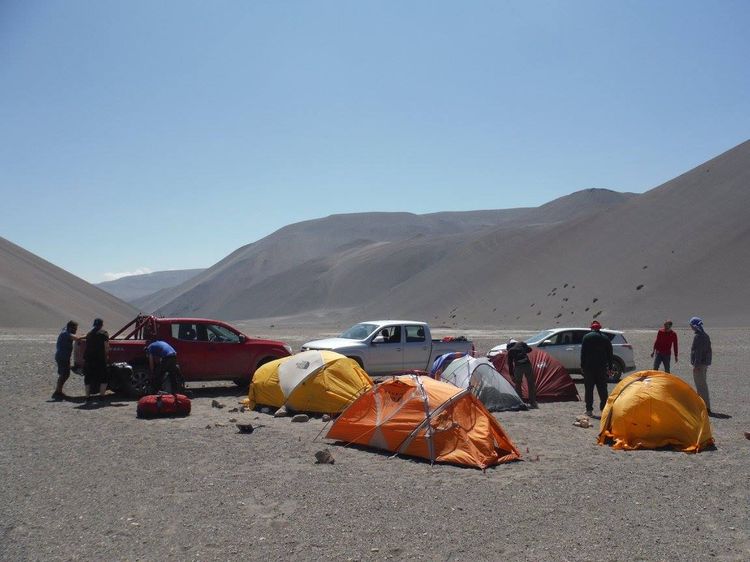
An international team in the desert
“It’s our first bivouac night in the Atacama desert. Before, we spent two nights in the mining town of Copiapó for our last logistical preparations, after a long journey north from Santiago. Entering the desert was impressive. As our three 4x4s, stocked with two weeks’ worth of water, food and fuel, took la ruta del desierto out of Copiapó, we could see how the city’s human-oriented habitat and suburban architecture gradually gave way to a landscape of mountains and rare cabins. As I observed these precarious constructions on the edge of the desert, most made of wood, some in caves, our Argentinian guides tried to explain the punchline to a local joke: “Come to my party this weekend, I have a country house in Atacama.”
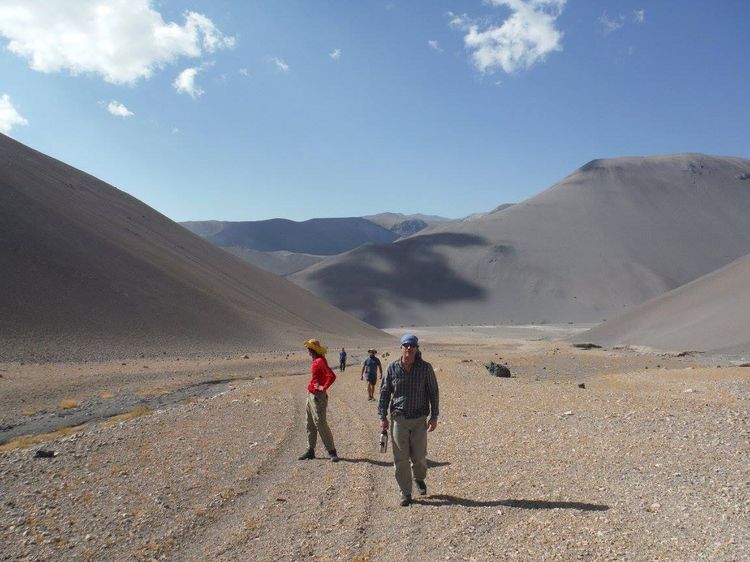
“Our international team of nine people is both diverse and homogenous. Each one of us has committed to living together almost self-sustainably for two weeks in the driest desert in the world. There is Ulyana Horodyskyj, the American geologist whom I accompanied to Nepal, and who is now an astronaut candidate for a commercial program. Ulyana commanded the 2016 Hera mission, an analog experiment in isolation and simulation by NASA. Casey Stedman, another American astronaut candidate from the same program, is an Air Force pilot and, like Cyprien Verseux, participated in a Mars analog mission in Hawaii. He just returned from Irak. The rest of the team includes: Jason Reimuller and Chris Lundeen, respectively director and head logistics officer of this commercial training program; our two Argentinian mountain guides; Etsuko Shimabukuro, a Japanese woman selected for the one-way Mars One program to establish the first permanent human settlement on Mars in 2026; Thomas Edunk, a seasoned American mountaineer; and myself, a French artist-researcher, filmmaker and explorer.
“This desert and volcanic plateau is truly ‘out of this world’.”
Benjamin Pothier
“Together, we are participating in an expedition jointly organized by Science in the Wild, a citizen science initiative, and Possum, an astronaut training program. The main goal is for astronaut candidates to discover and gain knowledge of an environment similar to the Moon and Mars. The Atacama desert is one of the places with the least organic activity on Earth; it’s also where NASA chose to test its martian rovers (Curiosity, as well as the next one). As I tried to find the best way to wear the surgical mask that I had brought along to protect me from dust along the journey, sitting in the rear of the 4×4 with all my camera equipment, I thought: This desert and volcanic plateau is truly ‘out of this world’.
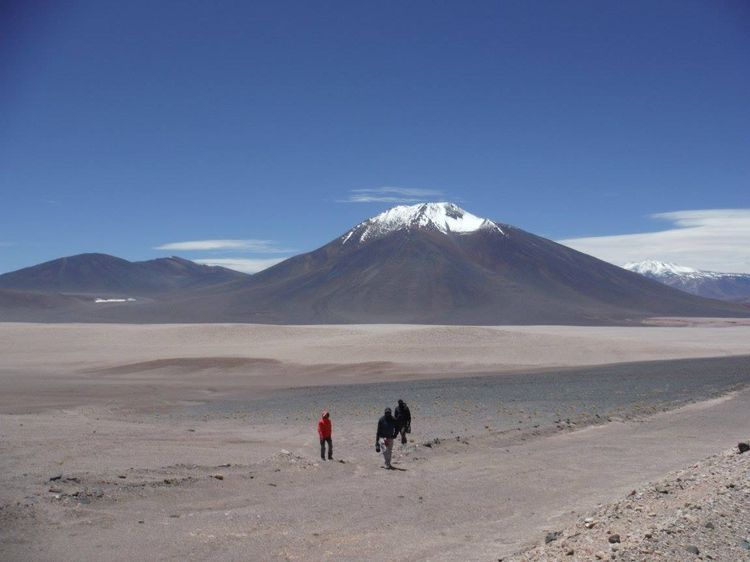
Explorers and astronaut candidates
“If I’m here, it’s also thanks to Ulyana Horodyskyj, the glaciology researcher and astronaut candidate whom I accompanied to the Himalayas. I’m also getting to know the other team members. Casey Stedman, the other astronaut candidate seems unshakingly kind and calm. Jason Reimuller and Chris Lundeen, the logistics crew from Possum, are highly professional with a playful attitude. Etsuko Shimabukuro has a certain class, almost immemorial. Thomas Edunk is refreshingly frank. He just accompanied Ulyana on a climb in Argentina and has decided to extend his journey a few weeks. I also learn that our two guides Leandro et Sebastian are heavy metal fans.
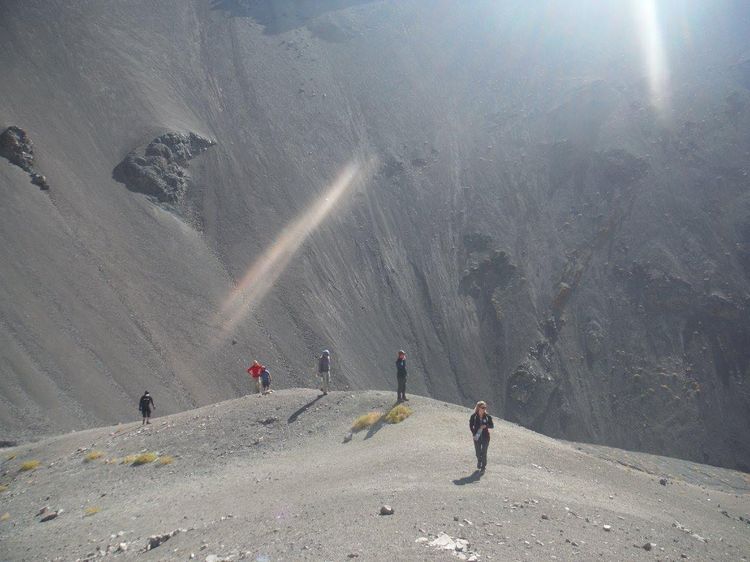
“This first day gives us time to adapt to this rather hostile environment, where we must protect ourselves from sand, dust and heat, as well as UV rays. The quantity of UV rays received increases by about 10% every 700m. At 1500m, the rays are 20% stronger than at sea level, and we plan to go up to 6893m. Very soon we must face high, then very high, altitude. On our journey, some will climb Ojos del Salado, the highest active volcano in the world, which culminates at 6893m. I’m glad I bought a 2L Camelbak before I left, so that I can stay properly hydrated during the treks. As Casey remarks: “I’ve mountaineered and worked in the desert, but this is the first time I’ve had to carry all my equipment at the same time.” As for me, I quickly ditch the thin cloth surgical mask for a balaclava and cap.
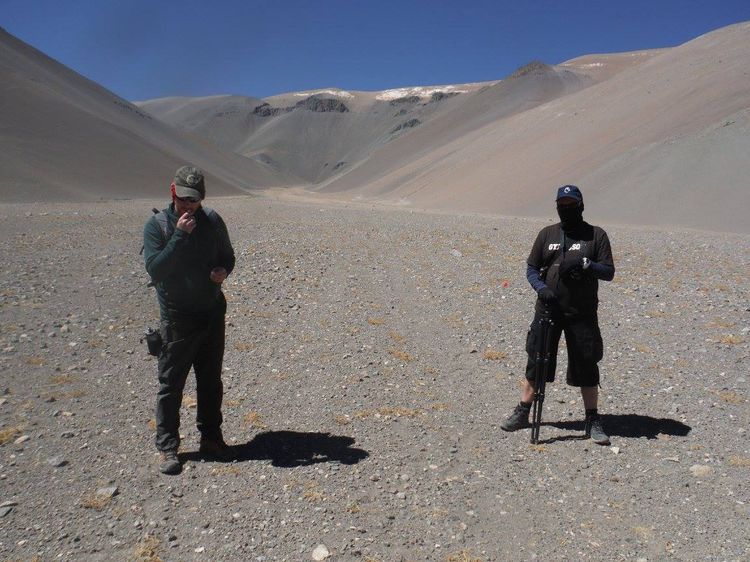
Mountain sickness
“In addition to the usual desert hardships (dust and sand, extreme temperatures down to at least -5°C at night and up to at least 40°C in the daytime), we will be exposed to very high altitude. Just as I did in preparing for the trek to Everest base camp and my expedition in the Nepalese Himalayas in 2016, in addition to physical training, I had a complete medical check-up with a French doctor specialized in mountain sickness and performance in very high altitude. This included a stress test for hypoxia (amount of oxygen insufficient for the effort required), where I cycled virtually at the summit of Mont Blanc…
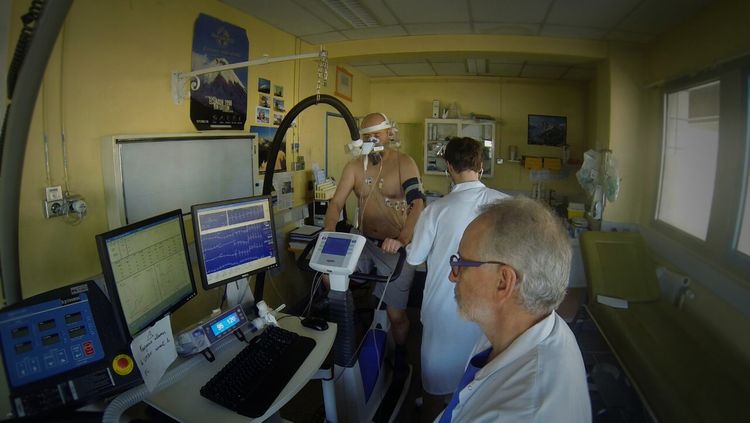
“Yesterday we were in Copiapó, at 390m altitude, and tonight we will bivouac at 3000m.
Black ice
“Today we start testing the terrain (geology, meteorology, astrobiology and hydrology). As Ulyana points out, in a Mars exploration, most of the testing will be done back in the station/habitat. Ulyana plans to bring back samples of snow and ice from Ojos del Salado to continue her study of “black ice”, the phenomenon that blackens glaciers and mountains from the deposit of heavy atmospheric particles and accelerates the melting of their water reserves due to the refraction of sunlight.
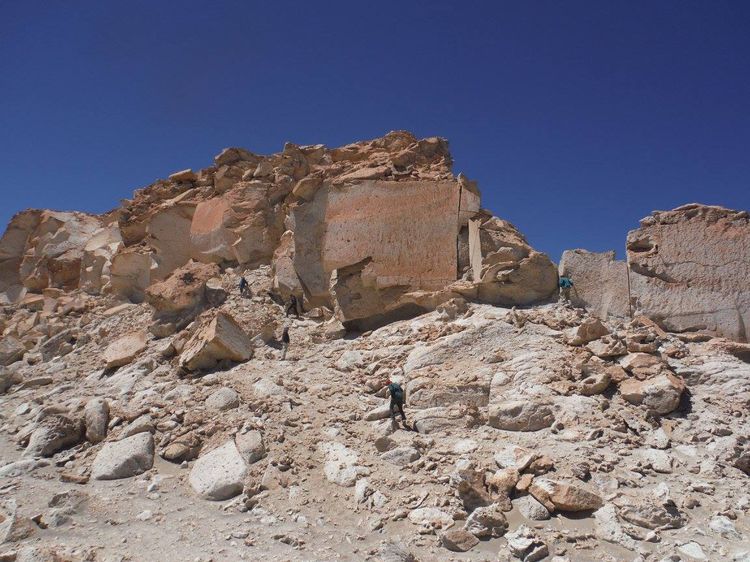
“The astronaut candidates are here with several objectives: toughen up physically, adapt to very high altitude, gain firsthand knowledge of an environment that is geologically similar to Mars or the Moon, be trained in the study of soil samples, and based on this experience, contribute to designing future space suits. One more night here, then we will continue our journey.
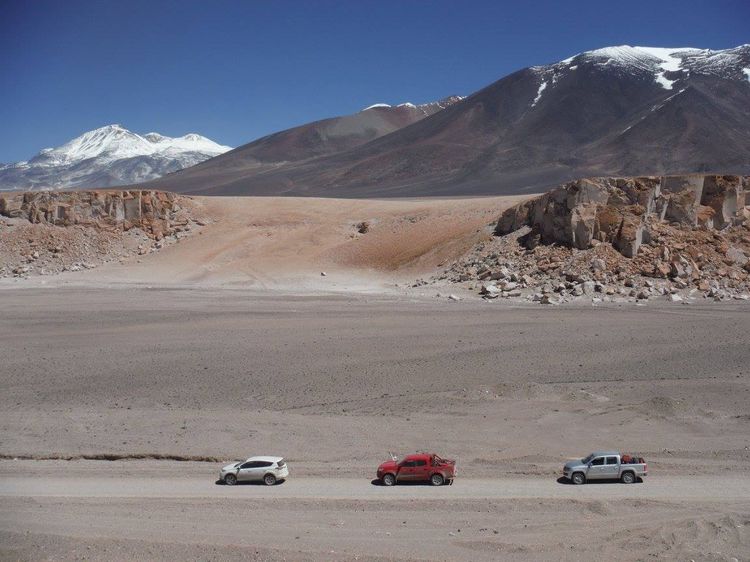
Next, Part 2 of Benjamin Pothier’s logbook of the Mars Analog expedition at above 5000m
